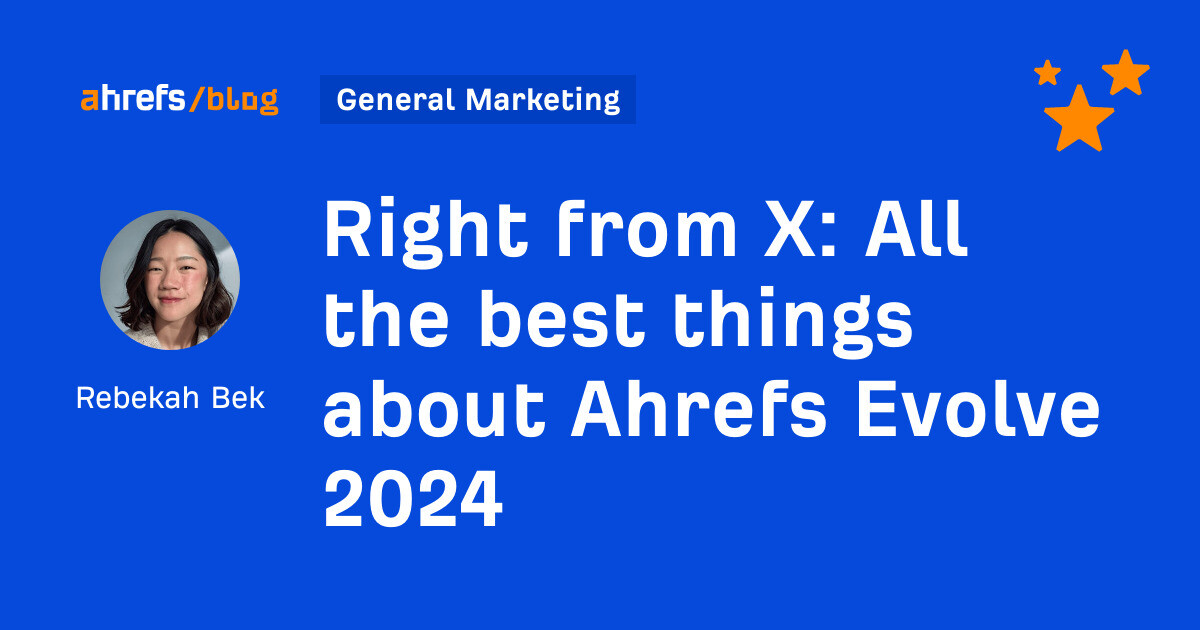Lightricks, the company behind Facetune, Popular Pays and Photoleap, has now added generative AI video-to-video capabilities to its popular Videoleap app. They’ve dubbed this much anticipated update “AI Effects.”
In simple terms, video-to-video generative AI is the capability to record a video and for it to be transformed into a completely new video based on the user’s desires. Prompts and style presets are often used to help the user achieve what they envision.
The power of the technology is still in its infancy, and this is reflected in the offering Lighttricks has, where only videos up to 10 seconds can be made for free and the generative AI’s output doesn’t yet rival the visuals created by Hollywood studios. At the moment, part of the limitations are due to the server usage on the backend to render such complex motion.
Yet with the rapid technological advancements in the visual AI space over the last year, longer and higher quality videos are likely to become the industry norm sooner rather than later. Many AI tools that are now widely used were initially considered gimmicks, such as a text-to-image.
Lightricks previously introduced generative AI into another flagship app, Photoleap, and have seen over 100k installs every week since. Lightricks even partnered with Paramount Studios on an innovative Photoleap feature that allowed fans to create AI-generated avatars as characters from Dungeons and Dragons: Honor Among Thieves.
Zeev Farbman, CEO and co-founder of Lightricks, believes that “With video-to-video AI capabilities, soon nearly everyone will have the ability to create Hollywood level video productions on their phone,” he said via a press release.
There has been a rush in the last few months, with several startups and established players releasing video-to-video generative AI features with varying degrees of utility. Runway’s app was early-to-market in April, allowing video-to-video generative AI in an easy to use way. However, it only allows users to upload videos of up to a few seconds and takes over a minute to render these short clips.
Lightricks’s announcement came with two potentially differentiating aspects. The first is the ability to let users edit AI videos on-device, with the ability to render in just 30 seconds, which is significantly faster than other similar apps.The second is mobile “AI Infinite Zoom,” where a user can upload a photo and use AI to expand the image’s borders, turning it into an animation loop in the process.
Videoleap also benefits from already being the video editor of choice for many creators, therefore naturally becoming the first sophisticated video-to-video tool they will use. This means AI Effects is also available in templates, which speeds up the creative process for users by remixing styles from others.
As part of the wider Lightricks ecosystem, the user interface feels familiar, and there’s a great opportunity to cross-pollinate the AI features between apps.
While Lightricks appears to have made a strong charge into the market with AI Effects, the real challenge is to come and whether they can update as often as planned to stay ahead of the curve.











